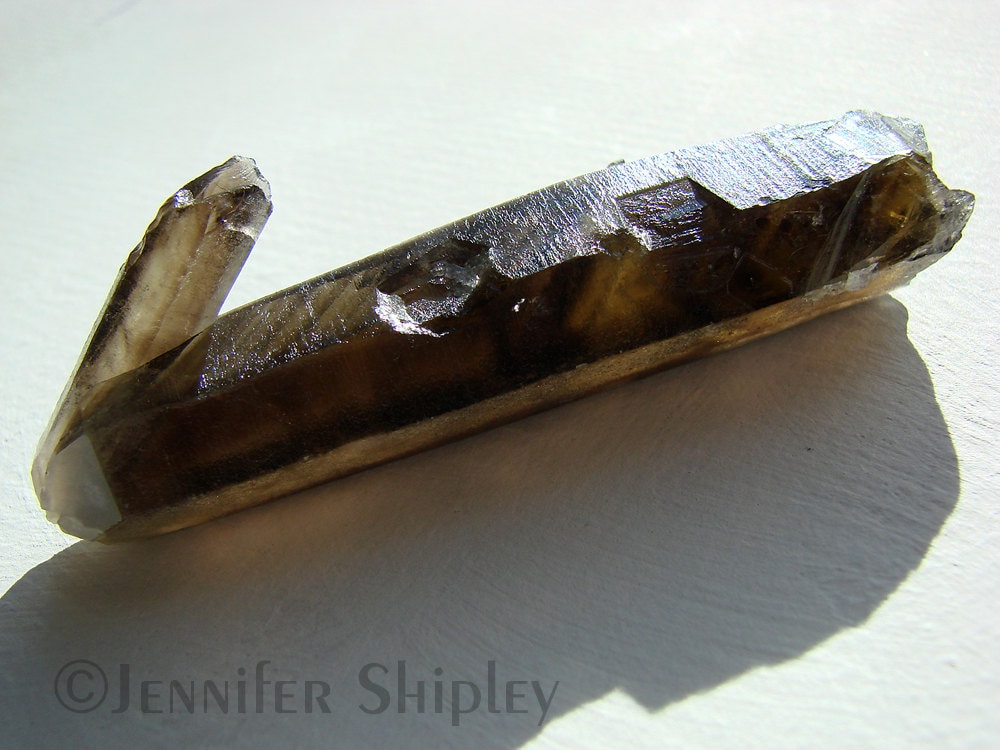
Glitter Glass (I found mine at the Dollar Store in the craft section here is a similar one)ġ) Cut foam sheet into three sections. It was fun to make and I love the way it looks on our shelves. Soooo….I decided I wanted to make an Amethyst Geode rock (or Agate rock…or Crystal Quartz rock…I’m actually not even sure what it’s called). I’ve been a busy little bee of late, but wanted to find some time to tackle this project as it provides an opportunity to fulfill selfish and (hopefully) creative satisfaction (similar to THIS one and THIS one).Īs you may know, I have the honour of working with FloraCraft and their MakeitFun team. Each month, we are tasked with creating something using their foam products and this month was pretty open to interpretation, which I find both the most challenging, but also the most fun as I’m not restricted to what I can create. The timestamp is only as accurate as the clock in the camera, and it may be completely wrong.Hello again friends…I hope you’ve all been keeping well. If the file has been modified from its original state, some details such as the timestamp may not fully reflect those of the original file.
#Fake amethyst software#
This file contains additional information such as Exif metadata which may have been added by the digital camera, scanner, or software program used to create or digitize it. A notable example of this singular phenomenon of expansion of the growing geodes is the "exploding bomb" structure. Many geodes show evidence of expansion, apparently resulting from pressure. That geodes originate in an initial cavity, such as the unfilled space within a fossil, is well recognized, but whether such a cavity is a necessary prerequisite is open to question geodes may originate in cavities formed by solution. The mode of origin of geodes in sedimentary rocks is but imperfectly understood. Of less common occurrence, are crystals of magnetite, pyrite, sphalerite, and a few other such minor and rarer constituents. The inner surface of the chalcedonic layer is usually lined with inward projecting quartz crystals, though in many geodes drusy coatings of calcite and dolomite occur commonly. They have an outer chalcedonic silica layer which is separated from the enclosing limestone matrix by a thin clay film. Most geodes occur in limestones, rarely in shales. "Geodes are hollow, subspherical bodies, ranging from an inch or two to a foot or more in diameter. from the Field Museum of Natural History (Chicago, Illinois, USA): In order to boost their aesthetic appeal in the retail marketplace, ordinary Moroccan quartz geodes are altered by adding purple dye to simulate amethyst. Many Moroccan quartz geodes are a bit plain - they are lined with small, whitish-clearish quartz crystals. This is a real geode, with real quartz crystals, but the purplish coloration is fake. The most common geode-lining mineral is quartz. They form when water enters a void in a host rock and precipitates crystals. Geodes are small to large, subspherical to irregularly-shaped, crystal-lined cavities in rocks. Quartz can be any color: clear, white, gray, black, brown, pink, red, purple, blue, green, orange, etc. It has a glassy, nonmetallic luster, is commonly clearish to whitish to grayish in color, has a white streak, is quite hard (H≡7), forms hexagonal crystals, has no cleavage, and has conchoidal fracture. It is composed of the two most abundant elements in the crust - oxygen and silicon.

Quartz (silicon dioxide/silica - SiO2) is the most common mineral in the Earth's crust.

Many silicates have a significant percentage of aluminum (the aluminosilicates). All other silicates have silica + impurities. The simplest & most abundant silicate mineral in the Earth's crust is quartz (SiO2). The resulting formula for silica is thus SiO2, not SiO4. Each oxygen atom is shared by two silicon atoms, so only half of the four oxygens "belong" to each silicon. The fundamental molecular unit of silica is one small silicon atom surrounded by four large oxygen atoms in the shape of a triangular pyramid - this is the silica tetrahedron - SiO4. All silicates have silica as the basis for their chemistry. The silicates are the most abundant and chemically complex group of minerals.

Major categories of minerals are: elements, sulfides, oxides, halides, carbonates, sulfates, phosphates, and silicates.

Mineral classification is based on anion chemistry. Currently, there are over 5100 named and described minerals - about 200 of them are common and about 20 of them are very common. At its simplest, a mineral is a naturally-occurring solid chemical. Description Fake amethyst geode (Morocco) (31769323994).jpgĪ mineral is a naturally-occurring, solid, inorganic, crystalline substance having a fairly definite chemical composition and having fairly definite physical properties.


 0 kommentar(er)
0 kommentar(er)
